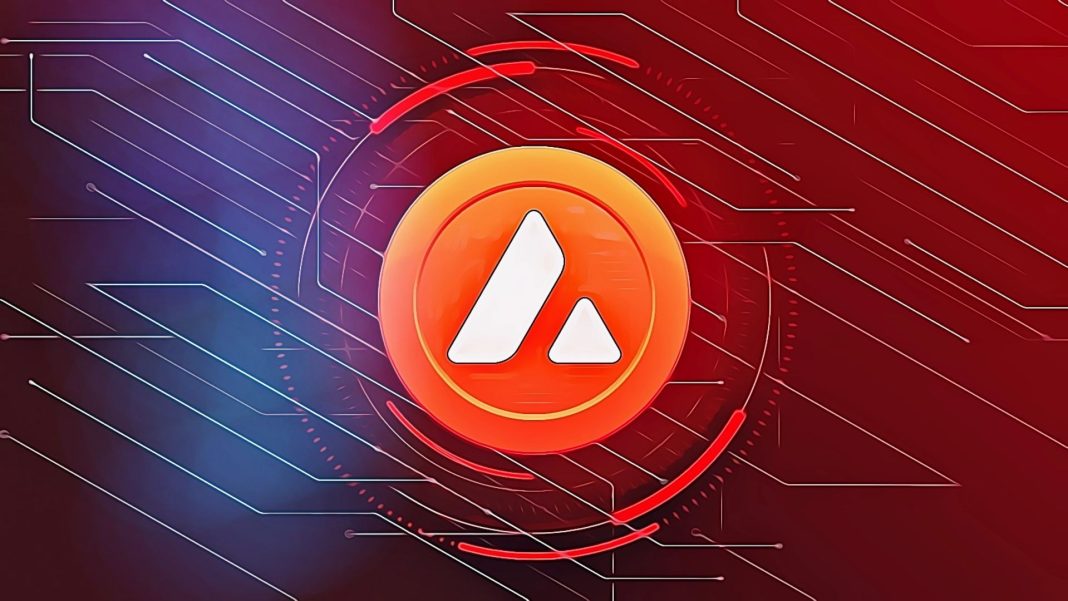Avalanche is a high-performance blockchain platform that’s known for its speed and ability to scale. Now, it finds itself with renewed on-chain activity.
For the first time since February of this year, it has seen daily transactions on its network consistently approach or surpass the one-million mark. This uptick has been seen since June 1 and seems to be indicating a renewed wave of on-chain engagement from users and developers that has them wondering what might be next for Avalanche.
Although Avalanche has seen ups and downs over the last 12 months, the most recent activity seems to indicate that this blockchain is initiating a new and possibly lasting phase of growth. Much of this recent growth seems concentrated around certain applications that are really hitting their stride with specific communities but also pushing way beyond those communities. Meanwhile, both well-established names and more experimental platforms within the Avalanche ecosystem are driving certain sorts of momentum.
Gaming Activity Spurs Network Usage
Avalanche’s current network usage has a few clear contributors, one of which is the gaming sector. Games and game-related experiences, like the ones offered by the MapleStory Universe, are a big part of Web3 right now. Unlike a lot of recent attempts to make games using blockchain technology, MapleStory Universe is an expansion of a preexisting, extremely popular game. Just as importantly, it was developed with a Web3-native framework in mind, something you can really only do right now.
MapleStory Universe isn’t merely reviving the nostalgia of its long-time players—it’s also welcoming a fresh assembly of gamers into the fold, to the very real concept of digital asset ownership. This honored institution of the gaming world is now smoothly integrating its tokenized items into an in-game economy that’s rewarding and embracing active participation. How does it do this? Well, around here, we tend to call it ‘the MapleStory way,’ which is also a kind of model for any legacy game looking to avoid leaving its core audience behind on the way to Web3.
Consistent engagement with players directly translates into on-chain activity. Players mint, trade, and upgrade NFTs and game tokens, adding thousands of transactions to the chain each day for this supposed entertainment reason. Organic usage of this kind—where blockchain technology undergirds a gameplay experience that feels ”natural” to players and isn’t centered on price appreciation of the tokens they’re using—is what some people within the industry hope will create a more sustainable foundation for the technology’s future. On-chain activity partly reflects the performance of underlying blockchain networks.
SocialFi Finds Momentum with The Arena
Another burgeoning trend tied to Avalanche’s transaction growth is the world of SocialFi. This mix between social media and decentralized finance is not yet even a toddler, but it does look like Avalanche might be the wild, experimental ground where one can play with the still-germinal idea of SocialFi.
So what is it? Here’s a go at a Yogi Berra definition: SocialFi is where you, uh, finance while being social.
Clearly, that’s not going to work as a definition for anything resembling a money-making endeavor, either for an individual or for a company. But that’s as clear as mud, so let’s break down what some of the components might be.
In this category, The Arena App is a standout. It is a novel platform where users create, promote, and trade memecoins tied to personalities, events, and viral trends. In contrast to traditional token launches, Arena conducts low-stakes, community-driven trading that blends entertainment with mechanisms of the blockchain. However, the number of transactions likely isn’t low enough for Avalanche to throw up its hands and say, “Memecoins? No thanks!”
The gamified experience within The Arena has become wildly successful, particularly among young users and newcomers to crypto, who are generally uninterested in the messy, behind-the-scenes world of DeFi. Instead, these users are much more attracted to the interactive, creator-friendly models offered up by The Arena. And with The Arena now up and running, don’t be surprised if the Avalanche community experiences some growing pains as its infrastructure becomes a go-to platform for Garden parties.
A Broader Revival or Just a Flash in the Pan?
Although the increase in daily transactions is a good sign, the big question is whether this activity can be maintained and even expanded in the months ahead. I tend to think of blockchain peak activity as often being short-lived, tied to hype cycles or tiny trends that pop up on Twitter. But the current growth of Avalanche seems to be something else altogether.
The surge in transactions is not only due to speculative trading, but now stems mostly from the recurring and engaging applications being built on Avalanche. Both gaming and SocialFi are use cases that depend on daily activity, and not just one-time speculative engagement. Even the applications themselves are diversified—from complex game economies to meme coin creation—and are building a dimensional user base.
If this wave of momentum keeps rolling, it could put Avalanche back among the top Layer 1 networks in the blockchain world. With transaction throughput nearing all-time highs and even more developers deploying on the chain, Avalanche could be looking at a summer to remember. Now, the challenge in front of it is to hold on to this new wave of users and convert the transaction bump into something that lasts.
Disclosure: This is not trading or investment advice. Always do your research before buying any cryptocurrency or investing in any services.
Follow us on Twitter @themerklehash to stay updated with the latest Crypto, NFT, AI, Cybersecurity, and Metaverse news!

